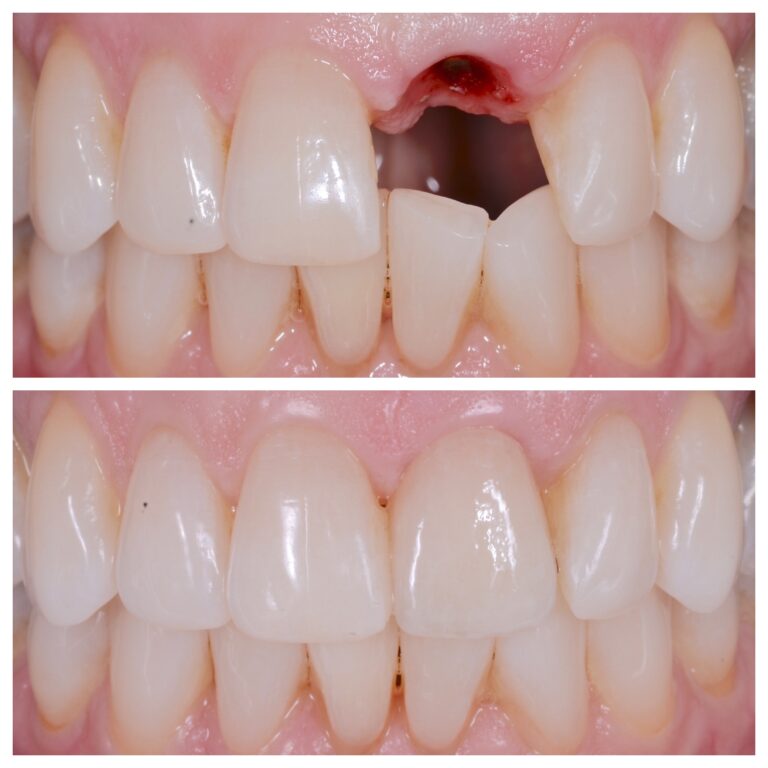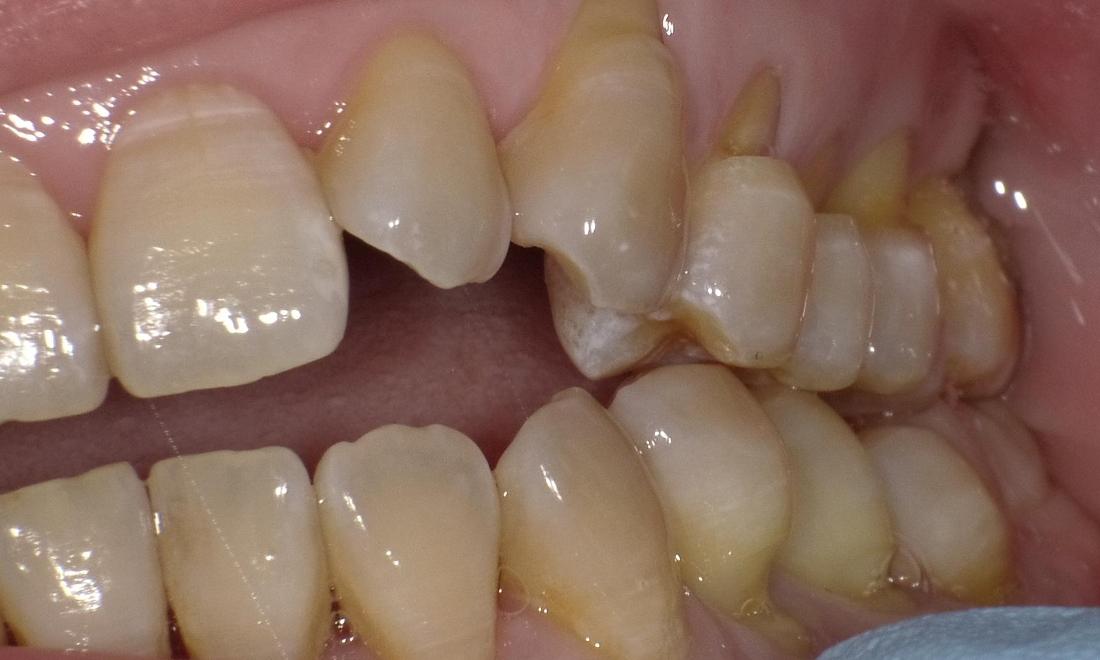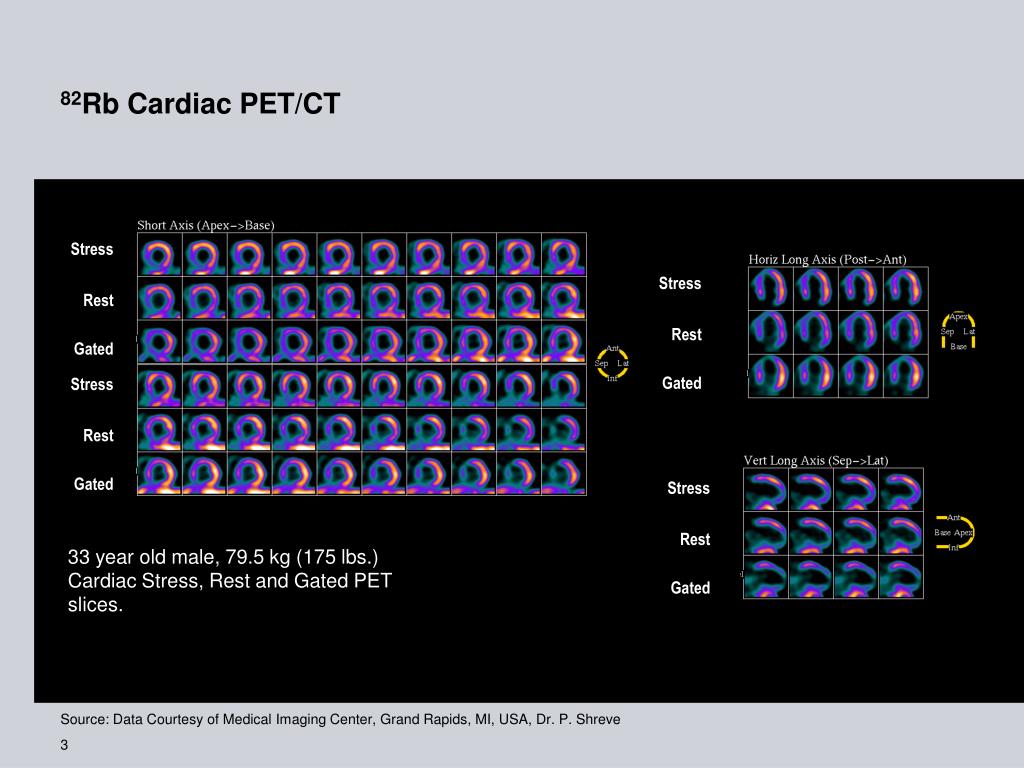Front Tooth Implants

The world of dental implants has revolutionized the way we approach tooth replacement, offering a myriad of options for those seeking to restore their smile and confidence. Among the many applications of dental implants, front tooth implants stand out for their unique challenges and considerations. The anterior region of the mouth, where the front teeth are located, is not only aesthetically crucial but also poses specific functional demands. In this comprehensive exploration, we will delve into the intricacies of front tooth implants, discussing their importance, the procedure involved, potential complications, and the latest advancements in this field.
Introduction to Front Tooth Implants
Front tooth implants are designed to replace missing or damaged teeth in the front of the mouth. These implants are anchored into the jawbone and topped with a crown that mimics the appearance of a natural tooth. The process involves a surgical procedure where a titanium post (the implant) is inserted into the jawbone, allowing it to fuse with the bone over time. This fusion, known as osseointegration, provides a stable base for the prosthetic tooth. The success of front tooth implants hinges on various factors, including the patient’s overall health, the quality and quantity of the jawbone, and the expertise of the dentist or oral surgeon performing the procedure.
The Procedure for Front Tooth Implants
The journey to getting a front tooth implant typically begins with a consultation with a dental specialist, such as a prosthodontist or an oral surgeon. During this initial meeting, the specialist will assess the patient’s suitability for the procedure, discussing factors such as the health of the surrounding teeth and gums, the condition of the jawbone, and any potential risks or complications. The actual procedure can be broken down into several stages:
Planning and Preparation: This involves a thorough examination, including X-rays and possibly a CT scan, to assess the jawbone’s dimensions and density. The specialist will also discuss the type of anesthesia to be used during the procedure.
Surgery: The surgical phase involves making an incision in the gum to expose the jawbone, creating a socket into which the implant is carefully placed. The gum is then closed over the implant, or a healing cap is placed over it.
Healing and Osseointegration: This is the period where the implant integrates with the jawbone, a process that can take several months. During this time, the patient may be given a temporary denture or bridge.
Abutment Placement: Once the implant has fused with the bone, a second surgery is performed to attach an abutment to the implant. The abutment serves as a connector between the implant and the prosthetic tooth.
Crown Attachment: The final step involves attaching the crown to the abutment. The crown is custom-made to match the color, shape, and size of the surrounding teeth, ensuring a natural appearance.
Considerations and Potential Complications
While front tooth implants offer a durable and aesthetically pleasing solution for tooth replacement, there are considerations and potential complications that patients should be aware of. These include:
- Surgical Risks: As with any surgical procedure, there are risks of infection, bleeding, and damage to surrounding structures.
- Osseointegration Failure: In some cases, the implant may fail to integrate with the jawbone, requiring its removal and potentially another attempt after healing.
- Aesthetic Challenges: The anterior region’s high visibility means that achieving a perfectly natural look can be challenging. This requires not only technical skill but also an artistic eye.
- Cost and Insurance: Dental implants can be expensive, and coverage varies widely among insurance providers.
Advances in Front Tooth Implant Technology
The field of dental implants, including front tooth implants, is continuously evolving with technological advancements aimed at improving outcomes, reducing recovery times, and enhancing patient experience. Some of the notable advancements include:
- Digital Dentistry: The use of digital impressions, 3D printing, and computer-guided surgery has significantly improved the precision and efficiency of the implant placement process.
- Immediate Loading: In some cases, it’s possible to place a temporary tooth on the same day as the implant surgery, reducing the time without a tooth.
- Mini Implants: For patients with insufficient bone density, mini implants offer a less invasive alternative, requiring less bone and smaller incisions.
Conclusion
Front tooth implants represent a sophisticated approach to restoring dental function and aesthetics in the highly visible anterior region of the mouth. While they present unique challenges, the combination of advanced materials, digital technology, and skilled dental professionals makes them an attractive option for many individuals. As with any dental procedure, thorough consultation, careful planning, and adherence to post-operative instructions are crucial for achieving the best possible outcomes. Whether you’re seeking to replace a missing tooth or enhance your smile, understanding the possibilities and considerations of front tooth implants can help you make informed decisions about your dental health and well-being.
FAQ Section
What is the average cost of a front tooth implant?
+The cost of a front tooth implant can vary widely depending on factors such as location, the expertise of the dentist, and the materials used. On average, the total cost, including the implant, abutment, and crown, can range from $1,000 to $5,000 or more per tooth.
<div class="faq-item">
<div class="faq-question">
<h3>How long do front tooth implants last?</h3>
<span class="faq-toggle">+</span>
</div>
<div class="faq-answer">
<p>With proper care and maintenance, front tooth implants can last for many years, often 20 to 30 years or more. The longevity of an implant depends on various factors, including the patient's oral health, the quality of the implant and crown, and adherence to regular dental check-ups.</p>
</div>
</div>
<div class="faq-item">
<div class="faq-question">
<h3>Are front tooth implants painful?</h3>
<span class="faq-toggle">+</span>
</div>
<div class="faq-answer">
<p>While the procedure of placing a front tooth implant involves surgery, most patients report that the discomfort is manageable. Local anesthesia is used during the procedure to minimize pain, and post-operative pain can usually be controlled with over-the-counter pain medications. The level of discomfort can vary from patient to patient.</p>
</div>
</div>
<div class="faq-item">
<div class="faq-question">
<h3>Can anyone get a front tooth implant?</h3>
<span class="faq-toggle">+</span>
</div>
<div class="faq-answer">
<p>Most adults are candidates for front tooth implants, but the suitability depends on several factors, including the presence of sufficient jawbone density, good overall health, and a commitment to proper oral hygiene. Certain medical conditions or habits, such as smoking, may affect the success of the implant.</p>
</div>
</div>
<div class="faq-item">
<div class="faq-question">
<h3>How do I care for my front tooth implant?</h3>
<span class="faq-toggle">+</span>
</div>
<div class="faq-answer">
<p>Caring for a front tooth implant involves regular brushing and flossing, just like natural teeth. It's also crucial to attend follow-up appointments with your dentist to ensure the implant and surrounding tissues are healthy. Avoiding smoking and excessive alcohol consumption can also contribute to the longevity of the implant.</p>
</div>
</div>
</div>

